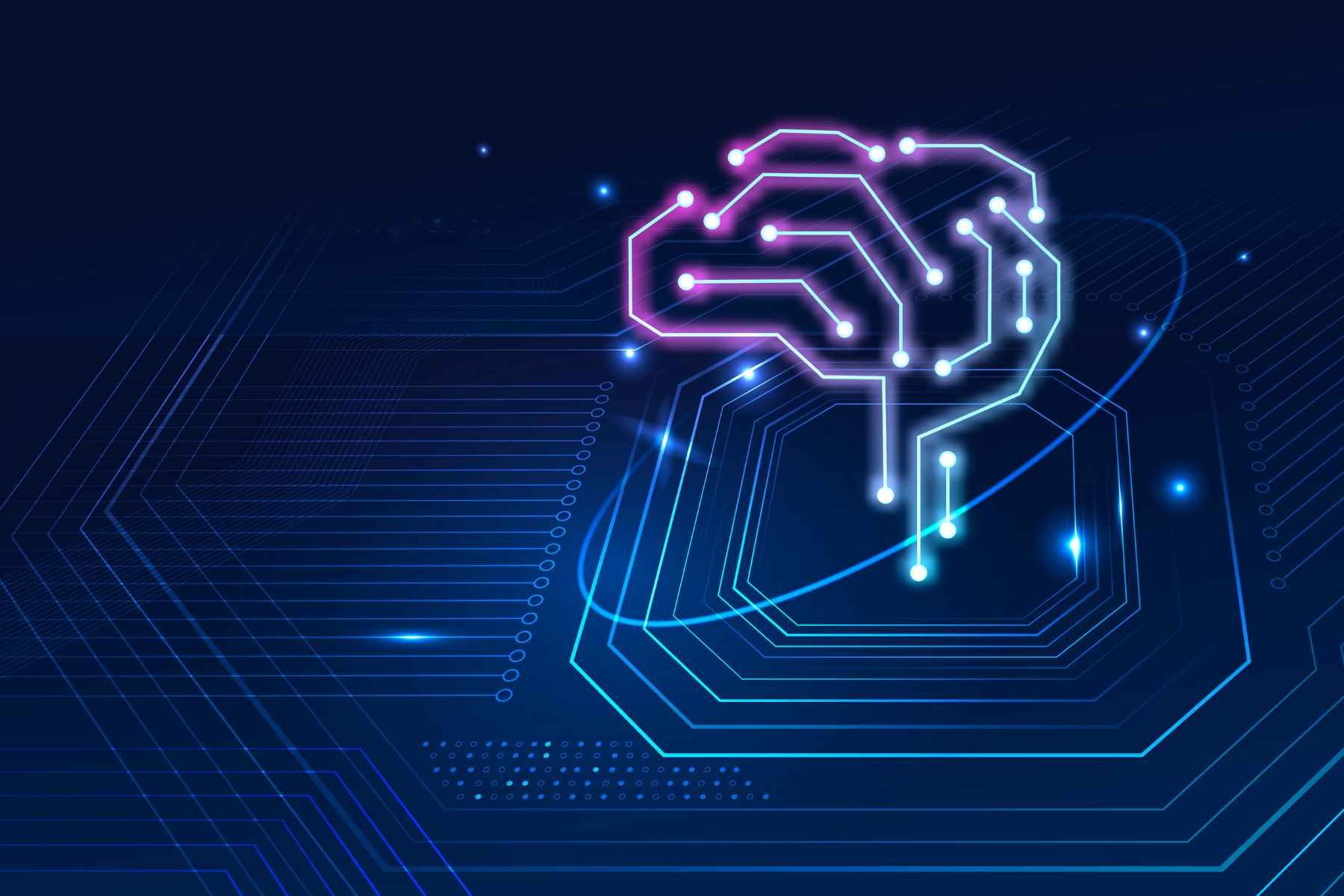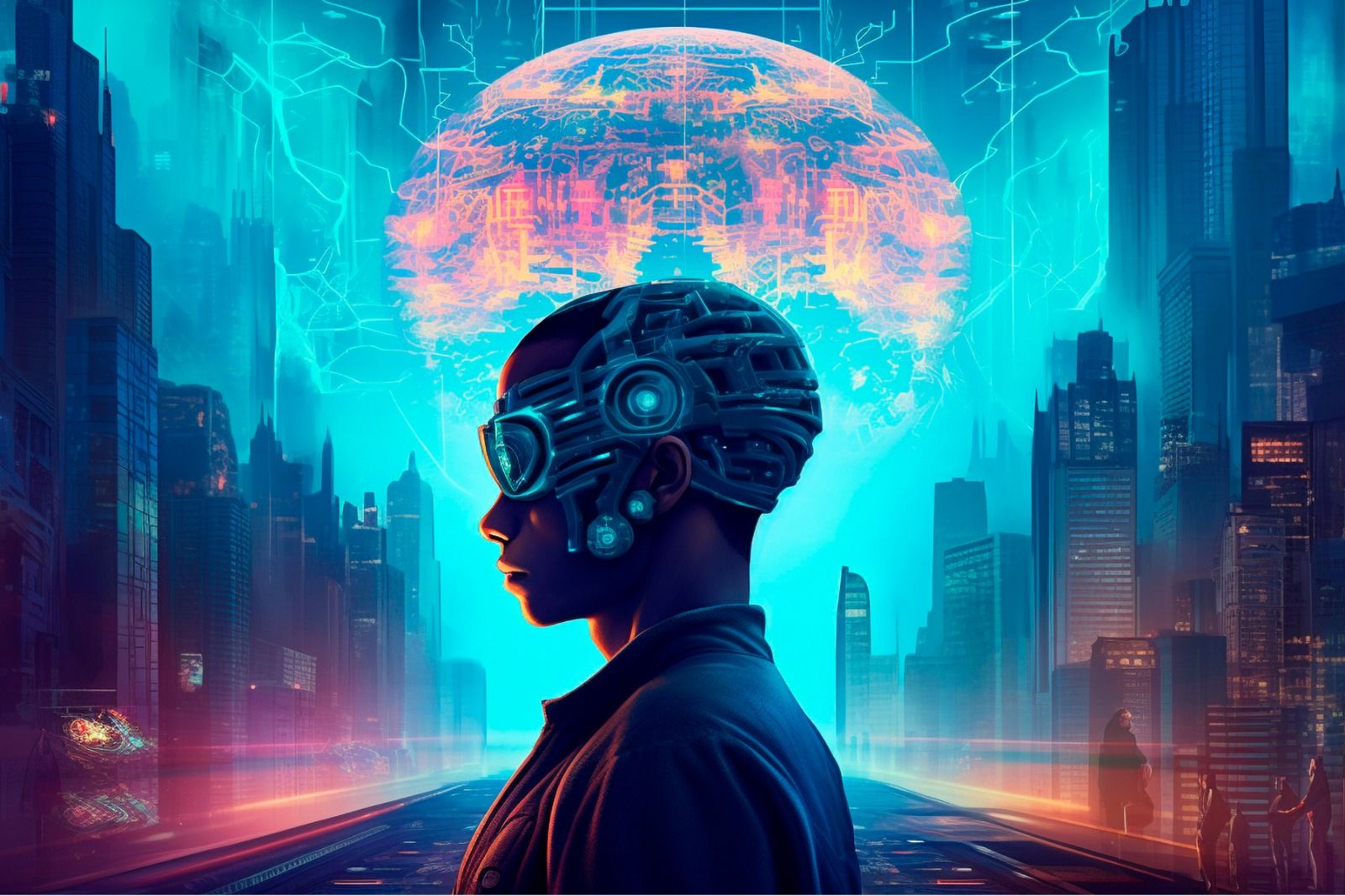After more than a decade of strong but quiet growth in the public cloud market, early innovator E2E Networks is accelerating its efforts across the organization, with investments in product and service portfolio, partner channel and sales and marketing efforts. This has included the launch of Object storage, Smart Dedicated Compute and a Kubernetes service. At a time when complexity is a top cloud execution challenge and multi-vendor postures are the norm, E2E Cloud is well-positioned to increase its impact as a capable but comparatively simple alternative to hyperscale public cloud, or as a project-specific piece of a larger multi-cloud portfolio.
The public cloud market is dominated by a handful of hyperscale players, with AWS alone accounting for nearly 45% of IaaS revenue in 2018. However, the market is large and growing. 451 Research’s Market Monitor service forecasts that the IaaS market will generate $23bn in 2019, and reach $39bn by 2023. With the market’s advance comes the increasingly widespread belief that this model is the way to consume infrastructure resources for a growing set of workloads, including among companies outside the enterprise segment. This ideology will benefit E2E Cloud and its competitors in what we sometimes refer to as the ‘alternative’ cloud market.
With a platform focused on simplicity of services, ease of control and cost-effectiveness, E2E’s cloud is well-positioned as either a capable alternative to hyperscale public clouds or as one possible platform in a business’s multi-cloud mix. We continue to see a market for alternative clouds. According to various research papers of the Enterprise, Cloud, Hosting and Managed Services, 72% of businesses using the public cloud have more than one vendor in place, highlighting the continued role for alternatives even within the scope of a single company’s usage.
E2E Cloud launched in 2009 in India, with an early public cloud offering built on open source tools, focusing on bringing some of the computing innovation taking place at large software firms to a broader market in an accessible and affordable way and without proprietary code. Now headquartered in New Delhi, the company has maintained that basic ethos as it has grown, contributing to a strong reputation among developers that has allowed it to grow steadily without outside investment and through a minimum of marketing.
E2E Networks has been profitable since its first year and has grown steadily since then. The company now a public limited company and close to 3000 customers. It expects to grow revenues by roughly 25% in coming years, but is working to reach a higher rate, more in line with the public cloud hyperscalers, which have regularly reported revenue growth rates in the range of 40 to 50% on much higher bases. Part of this growth effort includes increased emphasis on its service portfolio and delivery capability, which has seen the company introduce a range of new services over the last several years. It has increased its staff from 50 to more than 200 employees over the last two years.
Product and technology
Unlike the hyperscale players in the public cloud space, E2E isn’t focused on (or equipped for) rolling out new products and features at a breakneck pace. Instead, the company is carefully engineering and introducing additions to a set of roughly 20 features that include core infrastructure offerings and a set of services that operate on top of that. It remains devoted to using open-source tools to build services and on delivering high performance at a low price.
E2E Cloud is also focused on making it simple and affordable to use and manage public cloud, an objective that led the company to build its own cloud control panel, Myaccount Portal. On the infrastructure side, E2E Cloud has the standard cloud platform components of compute, object store, load balancing and DNS services. It also believes its work on building GPU-optimized and dedicated compute instances are differentiators for the company. It points to Nvidia and Intel as key partnerships.
On the services side, the company offers managed backups, click-to-deploy app integrations, and most recently launched its Kubernetes Engine, a container management service the company says is focused on simplifying the user experience for developers by automating configuration, provisioning and management for Kubernetes clusters. The tool can be used to create and manage clusters from any combination of E2E’s infrastructure services.
The company plans to continue expanding its services portfolio, expecting to roll out database as a service and to extend its management tools to offer a seamless experience managing dedicated compute resources. E2E Cloud invests in aspects of its business that matter to customers but don’t necessarily turn a direct profit. An example of this is the scope of E2E’s support, which provides non-tiered access to human support staff via phone to all its customers.
Customers and partners of E2E Cloud say its customer profile grew along with its product portfolio and its ethos, which has always emphasized open-source systems, and on providing customers with command-line access to resources. From the start, the company’s service has been popular with developers. However, E2E Cloud says some of those developers have built or joined large businesses over the last 10 years.
While the company’s customer base includes top enterprise companies as a result, its primary market continues to be independent developers. As that user base has grown, however, it has reached beyond the administrative experts and command line purists of its early days to include less specialized startup and SMB users. As a result, E2E has had to become more focused on simplifying the operational and management aspects of using its services for things like deploying one click apps.
Part of E2E’s growth strategy is a partner program. The company says building up this program will involve formalizing relationships it already has in place with potentially hundreds of partners in the small SMP and VAR space, providing them with a simple, efficient, well-priced and well-supported cloud platform. The company believes this could have a significant impact on its reach in regions such as India.
Competition
As what developers sometimes describes E2E as an ‘alternative’ cloud provider, E2E Cloud competes with the hyperscale public cloud vendors – AWS, Azure and Google Cloud Platform – but not by providing an equivalent footprint or feature set. Rather, it competes on the premise of offering a simpler, lowercost and more directly supported cloud infrastructure platform, appealing to cloud users for which the scale and pace of innovation of the big players isn’t necessarily a selling point. As a competitor to the hyperscalers, alternatives like E2E can also offer a specialized platform within a larger mix of vendors for projects where its work on Dedicated Compute or GPUs might make it a good fit.
E2E has a strong cloud infrastructure product set that includes many of the in-demand add-ons and continues to expand while retaining simplicity and limiting the complexity of using the platform. It has a strong reputation among the most technically oriented parts of its market segment.
To try E2E Networks Cloud, Sign Up here









